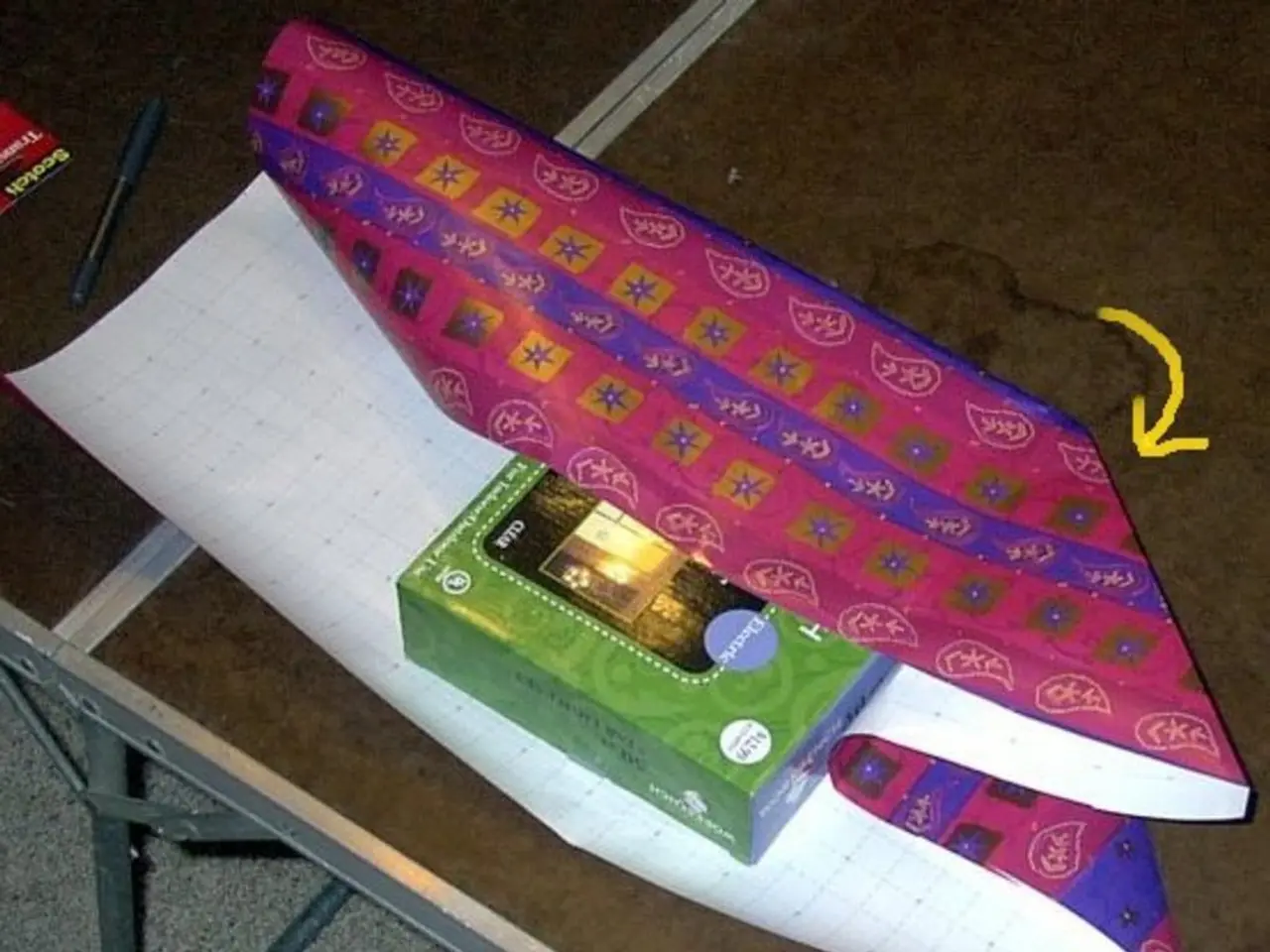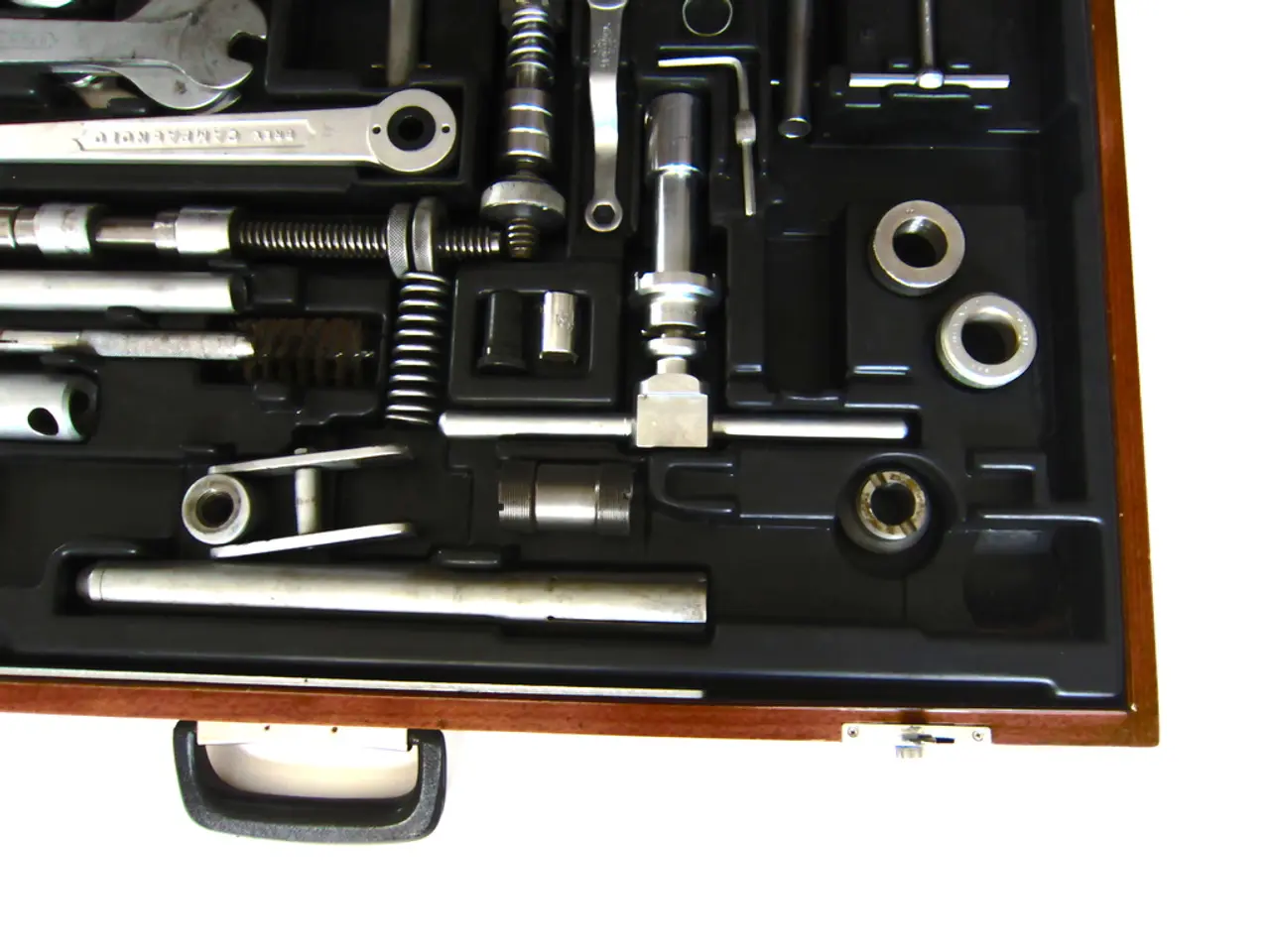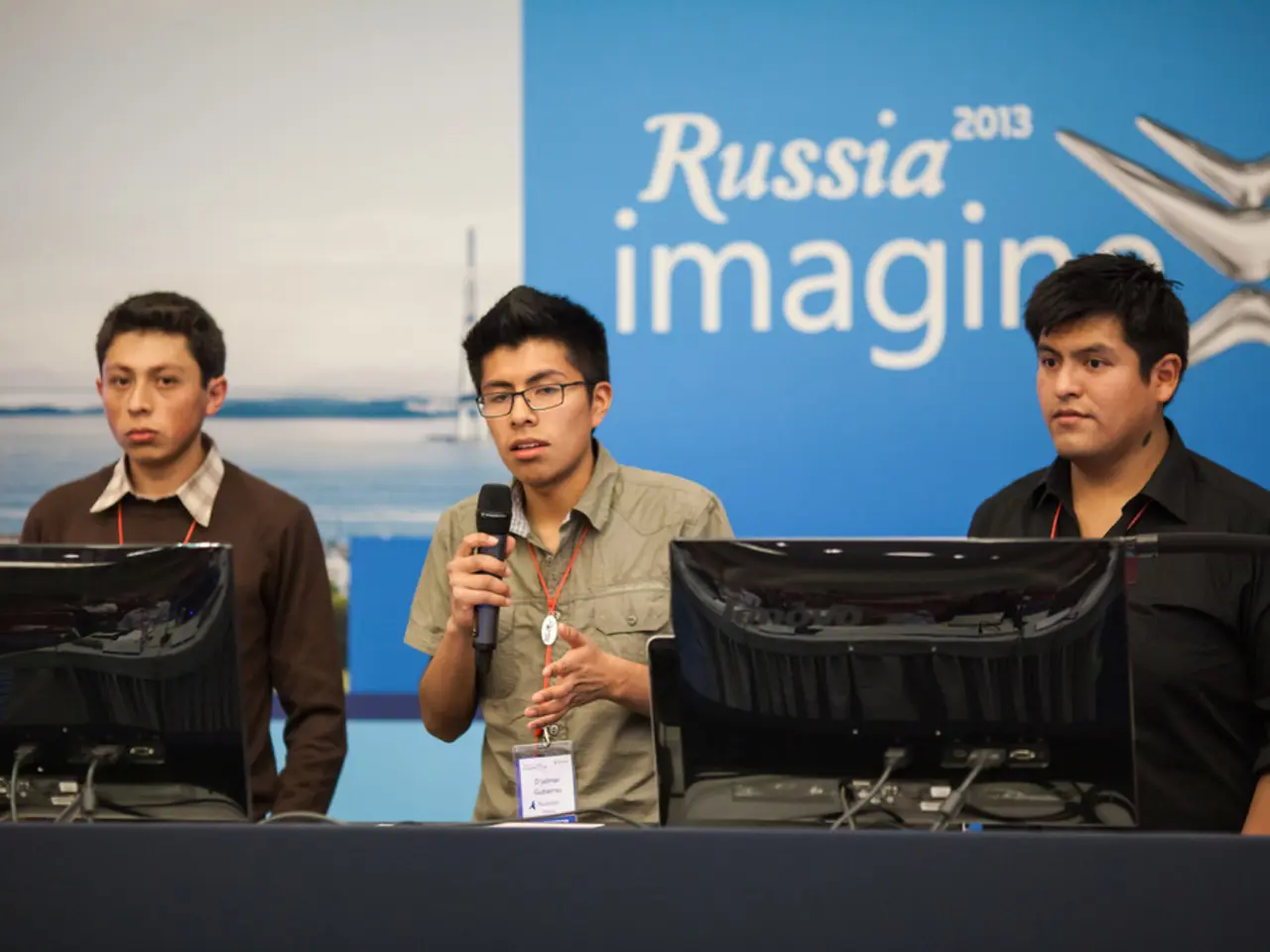Quantum Artificial Intelligence Applied in Pioneering Semiconductor Manufacturing Process
In a groundbreaking development, researchers at the Australian national science agency CSIRO have demonstrated the first-ever use of quantum machine learning (QML) in the fabrication of semiconductors. This pioneering work, published in the journal Advanced Science, could reshape the future of microchip design [1][2][3].
The focus of this research is on significantly enhancing the modeling of Ohmic contact resistance, a critical yet challenging parameter in semiconductor device design. Ohmic contact resistance measures the efficiency of current flow between the semiconductor and metal contacts, significantly impacting the electrical performance of chips [1].
Traditional classical machine learning (CML) has faced difficulties in modeling such complex fabrication parameters due to small datasets and nonlinear relationships inherent in real semiconductor R&D. To overcome these challenges, the CSIRO team developed an innovative Quantum Kernel-Aligned Regressor (QKAR) architecture [1][3].
The QKAR setup includes a Pauli-Z quantum feature map and a quantum kernel alignment layer for the machine learning process. This hybrid QML framework converts classical experimental data into quantum states, leveraging quantum kernels that capture complex correlations better than classical kernels. This approach reduces the dimensionality and complexity of the fabrication variables while preserving important nonlinear information [1][3].
With only 159 experimental gallium nitride high-electron-mobility transistor (GaN HEMT) samples, the QKAR model outperformed seven classical machine learning models across multiple accuracy metrics such as mean absolute error (MAE), mean squared error (MSE), and root mean square error (RMSE) [3][4]. This is particularly significant because semiconductor fabrication data is often scarce and costly to generate.
The QML model also demonstrated enhanced robustness to noise and better generalization to new device fabrication experiments, showing promise for practical deployment in the semiconductor industry [3]. Moreover, this is one of the first demonstrations of QML applied directly to experimental semiconductor fabrication data rather than purely simulated data, marking a crucial step toward integrating quantum computing methods in industrial chip design workflows [2][3].
Professor Muhammad Usman, head of quantum systems research at CSIRO's Data61, emphasizes the importance of quantum algorithm research for the development of useful quantum computers. He explains that quantum models, when carefully designed, can capture patterns that classical models may miss, especially in high-dimensional, small-data regimes [1].
The next step for the team is to look at other data sets, verify the applicability of the method for a range of different experimental samples, and expand the study beyond the initial GaN material. This advancement promises to accelerate chip manufacturing innovation, reduce costs, and potentially lead to higher-performance electronics through optimized fabrication processes [1][2][3].
References: [1] https://advances.sciencemag.org/content/7/33/eabe3289 [2] https://www.csiro.au/en/News/News-releases/2021/Quantum-machine-learning-improves-semiconductor-fabrication [3] https://www.nature.com/articles/d41586-021-01002-8 [4] https://www.nature.com/articles/s41586-021-03034-6
The breakthrough quantum machine learning (QML) model, developed by the CSIRO team, aims to significantly improve the modeling of Ohmic contact resistance in the future of microchip design by capturing complex correlations in semiconductor fabrication parameters more effectively than traditional classical machine learning (CML).
This QML approach, demonstrated using 159 experimental gallium nitride high-electron-mobility transistor (GaN HEMT) samples, outperforms classical models across multiple accuracy metrics and shows promise for practical deployment in the semiconductor industry.




